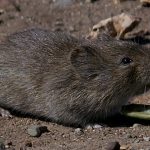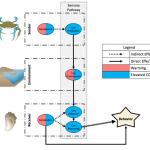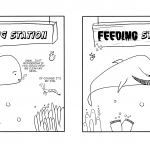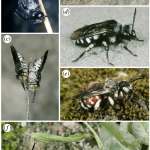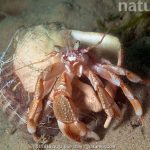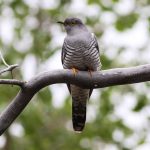This gallery contains 6 photos.
The Gall lab attended the 2024 Animal Behavior Society Meeting in London, Ontario. This was the first national meeting for the six undergraduates that attended. Kalina, Lauren, Susie, Alex, Teo, and Gabe stopped at Niagara Falls on the way. Dr. … Continue reading



